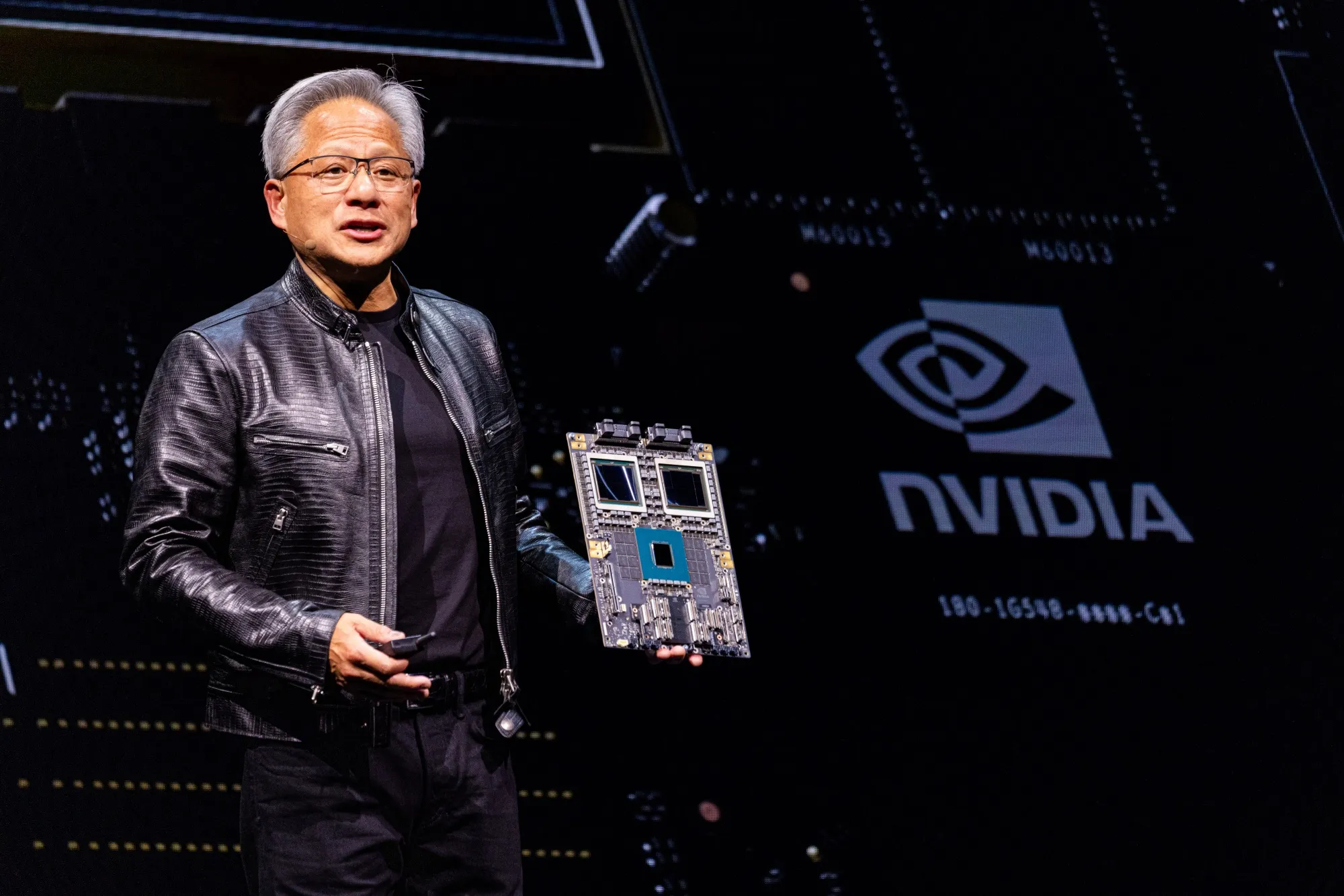NVIDIA Unveils Rubin CPX: Next-Gen AI Chip Powers Video Intelligence Revolution

Introduction
NVIDIA, the undisputed leader in AI hardware, has announced its most advanced chip architecture to date—Rubin CPX. This breakthrough, revealed in September 2025, is set to transform video AI, supporting workloads that require unprecedented computational power and efficiency.
Why This Matters
AI’s hunger for data and model complexity is skyrocketing as applications like automated video editing, real-time surveillance analytics, and large-scale creation become mainstream. NVIDIA’s Rubin CPX is designed from the ground up to address these challenges, combining video decoding, encoding, and inference into one high-performance chip[2].
Architecture and Key Features
- Unified Video and AI Processing: Rubin CPX uniquely merges video processing pipelines with powerful AI inference, enabling tasks that once required heterogeneous hardware to run on a single, power-efficient chip.
- Massive Token Processing: NVIDIA claims some "vibe coding" workloads require up to 1 million tokens for just one hour of video, and Rubin CPX is engineered to meet these demands without bottlenecks.
- Market Impact: Companies investing $100 million in Rubin CPX-based systems could see projected returns of up to $5 billion in token-related revenue, according to NVIDIA’s estimates—a 50x ROI for large-scale generative AI video applications[2].
- China-Specific Strategy: Alongside Rubin CPX, NVIDIA has also released the B30A chip for the Chinese market. While the B30A offers half the performance of its B300 predecessor, it still outpaces the current H20 chip and brings high-bandwidth memory and advanced interconnects to local AI developers[2].
Competitive Implications
Rubin CPX’s debut highlights the intensifying race between chipmakers like NVIDIA, AMD, and specialized startups. With AI workloads—especially video and multi-modal models—doubling in complexity each year, competition for efficient hardware is fierce. NVIDIA’s early market entry with Rubin CPX positions it as the front-runner to capture new growth in video-centric AI, demonstrating its continued dominance in a sector projected to reach $500 billion annually by 2030.
What Experts Say & Future Outlook
Industry analysts point to Rubin CPX as a paradigm shift, enabling applications previously deemed impractical due to compute or cost constraints. As AI video platforms proliferate—from entertainment to surveillance and education—Rubin CPX is expected to underlie the next generation of real-time, intelligent video processing globally. Early customer trials are slated for 2026, with mass adoption expected as AI video becomes integral to business and consumer experiences[2].
How Communities View NVIDIA’s Rubin CPX Launch
NVIDIA’s Rubin CPX announcement has ignited spirited discussion across tech communities.
-
Excitement Over Video AI Advances (40%): Many on X/Twitter and r/MachineLearning praise the unified approach to video and AI inference. Tweets from @aihardwareguy and r/MachineLearning users highlight expectations for new real-time video applications and generative video platforms.
-
Cost and Accessibility Concerns (25%): Several experts, including @semianalysis, point out that the costs for Rubin-powered server racks will limit early adoption to large enterprises or cloud providers. Independent developers and startups, especially on r/LocalLlama and r/aidev, debate whether open hardware alternatives can close the gap.
-
China Market Implications (20%): Significant discussion surrounds NVIDIA’s B30A launch for China. Community members on r/singularity and analysts like @PatrickMoorhead dissect whether this move will help NVIDIA retain market share amid ongoing export controls and domestic chip competition.
-
Environmental Impact Questions (15%): Posts from @greentechjournal and r/technology question the carbon footprint of large-scale video AI deployments. Suggestions focus on pushing NVIDIA toward greener chip manufacturing and deployment practices.
Overall sentiment is optimistic about the leap in AI video capabilities, but communities are divided between enthusiasm for innovation and concern about pricing, accessibility, and sustainability.